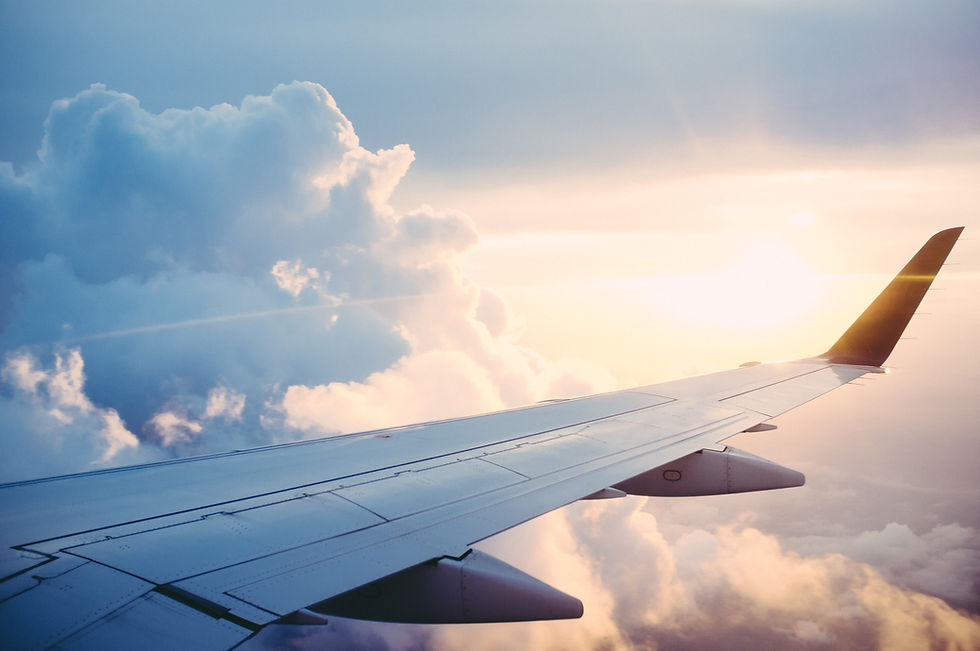Lift and Drag: Investigating the Factors Influencing Flight in Paper Airplanes
- Nelly Enuoh
- Jan 29, 2024
- 2 min read
Paper airplanes have captured the interest of people for generations, offering a simple yet fascinating glimpse into the world of aerodynamics. But have you ever wondered what makes paper planes fly? How do these lightweight creations defy gravity and glide through the air? Let's explore the science behind the flight of paper planes.

How Do Paper Airplanes Fly?
Paper airplanes, though built of paper, are aerodynamic. Aerodynamics studies the forces that make objects move in the air – like paper planes. Aerodynamic vehicles are designed with precision to maximize efficiency and performance. Central to their design are aerodynamic forces. Understanding these forces is crucial for optimizing the design and functionality of aerodynamic vehicles.
Paper airplanes offer a simplified introduction to aerodynamics, demonstrating the basic principles of flight in a tangible and accessible manner. Due to their lightweight and simple design, paper airplanes rely on a combination of gravity, initial thrust, and aerodynamic lift to glide through the air.
At its core, flight involves two primary forces: lift and drag.

Lift
Lift is the upward force that acts perpendicular to the direction of motion. In other words, it lifts the plane.
By folding the paper into specific airfoil shapes, enthusiasts can create a pressure difference between the upper and lower surfaces of the wings, resulting in upward lift and enabling the paper airplane to glide through the air.
Drag
Drag is the force that opposes the motion of an object through a fluid, such as air or water. While some drag is necessary for stability and control, excessive drag can hinder performance and shorten flight duration.
Aerodynamic vehicles are streamlined to minimize drag, reducing the energy required to move through the fluid.
Other important factors affecting paper plane flight include:
Aerodynamic Design
The design of a paper plane plays a crucial role in its ability to fly. The shape and size of the wings, the weight distribution, and the overall balance are all factors that influence its flight path.
Weight and Balance
The weight of the paper plane must be balanced correctly to ensure stable flight. Too much weight in one area can cause the plane to nosedive, while uneven weight distribution can result in erratic flight patterns.
Propulsion
While paper planes rely on the initial throw to provide forward motion, the design can also impact the plane's ability to glide smoothly. A well-designed paper plane will maintain stability and glide gracefully through the air, often traveling impressive distances.

Conclusion
The flight of paper planes is a delightful blend of art and science. By understanding the basic principles of aerodynamics and experimenting with design variations, you can create paper planes that look impressive and soar through the air with grace and precision.
Works Cited
Brain Space Magazine (2021). The Science Of Paper Airplanes (And How To Make Them [online] Brain Space Magazine. Available at: https://brainspacemagazine.com/science-of-paper-airplanes/
Airplane and Engineering Blog (2017) How do Paper Airplanes Fly? [online] WordPress. Available at: https://airplaneengineeringblog.wordpress.com/2017/09/17/how-do-paper-airplanes-fly/
.png)



Comments